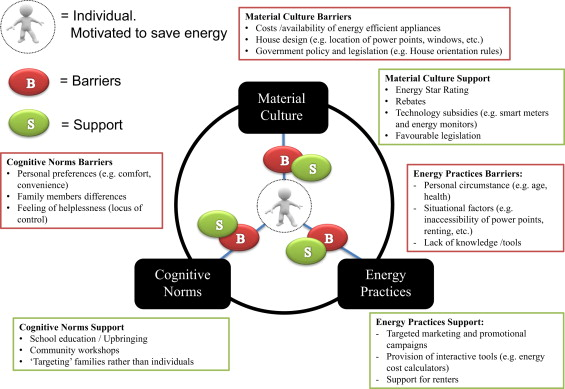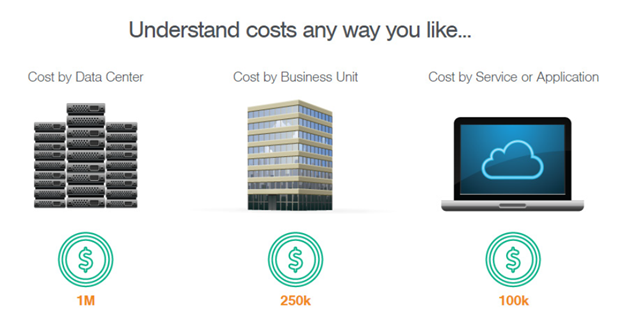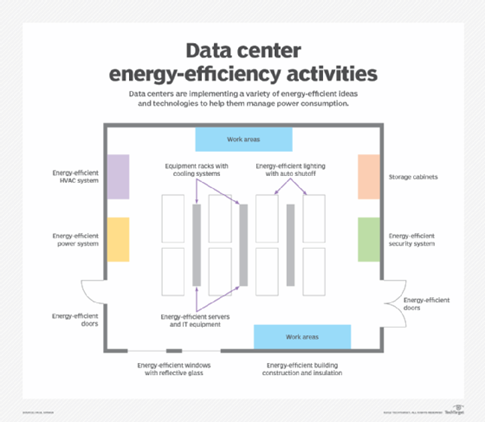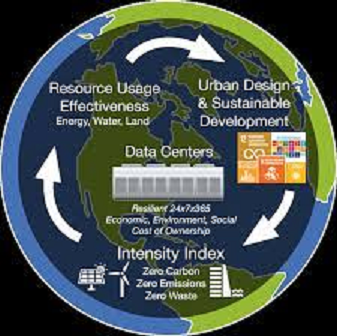Menu
- 130 King Street West, Suite 1800
- P.O. Box 427
- Toronto, ON, Canada M5X 1E3
- (416) 865-3392
- info@triparagon.com
However, most data center managers can agree that ensuring compliance with those initiatives is often difficult, reducing the impact of those initiatives on overall efficiency.

A simple way to encourage your customers to follow best practices for energy efficiency and to drive a culture of environmental awareness and accountability is to charge them for the energy their equipment consumes and recommend a way they can reduce their energy usage and costs. When they see that their inefficient practices affect them directly in the form of higher costs, they are much more likely to adjust.

Recommendations for customers:
Use our Sunbird DCIM software to collect and display energy and cost data in bill back reports which can be delivered by business unit, customer, data center, or even by rack. Understanding and allocating costs by customer, business unit, or application makes it easy for you to identify power hogs and eliminates human error so your charges are always accurate.

This sample dashboard shows just a few of the metrics that can be tracked, including Actual and Planned Power vs. Capacity per Cabinet, Location’s Actual Active Power, and Budget Power Capacity
Understand how data center sustainability improves with the right design and practices, get to know current green IT movements and pitfalls when it comes to going greener, and learn what major organizations are doing to fight climate change.

Sustainability in data center design
Many organizations aim to have net-zero emissions by the year 2050, which requires designing their data centers according to energy conservation, energy efficiency and renewable energy sources. Organizations that hope to design or upgrade their data centers for environmental sustainability should consider a few design factors that can get them toward net-zero data center emissions.
Conserve energy by using air containment and liquid cooling. Invest in sustainable computer processing hardware, uninterruptible power supply (UPS) systems and cooling systems. Implement high-efficiency power and cooling infrastructure, such as transformerless, modular UPSes, higher-voltage equipment or full liquid immersion cooling. If possible, implement fuel cells for on-site energy generation or switch to clean renewable energy sources, such as solar and wind.

Utilize green computing practices to reduce data centers’ carbon footprint and improve data center sustainability. Track your base power usage and forecast future electrical usage. Right-size servers to avoid underutilization and energy waste. Carefully monitor the temperature to reduce the load on HVAC systems. Rearrange the data center’s layout based on energy consumption and temperature, or replace legacy assets with newer, more energy-efficient ones.
We are starting to see similar headlines as we did then, and data center professionals are being tasked to do more with less to meet efficiency objectives. Fortunately, there are simple steps any data center manager can take to ensure efficient operations.
Data center managers must leverage state-of-the-art infrastructure and software and follow best practices to dramatically increase energy efficiency and reduce their carbon footprint.